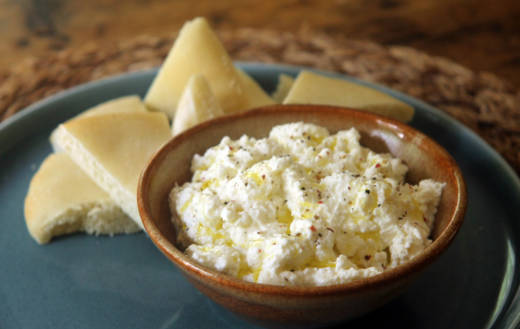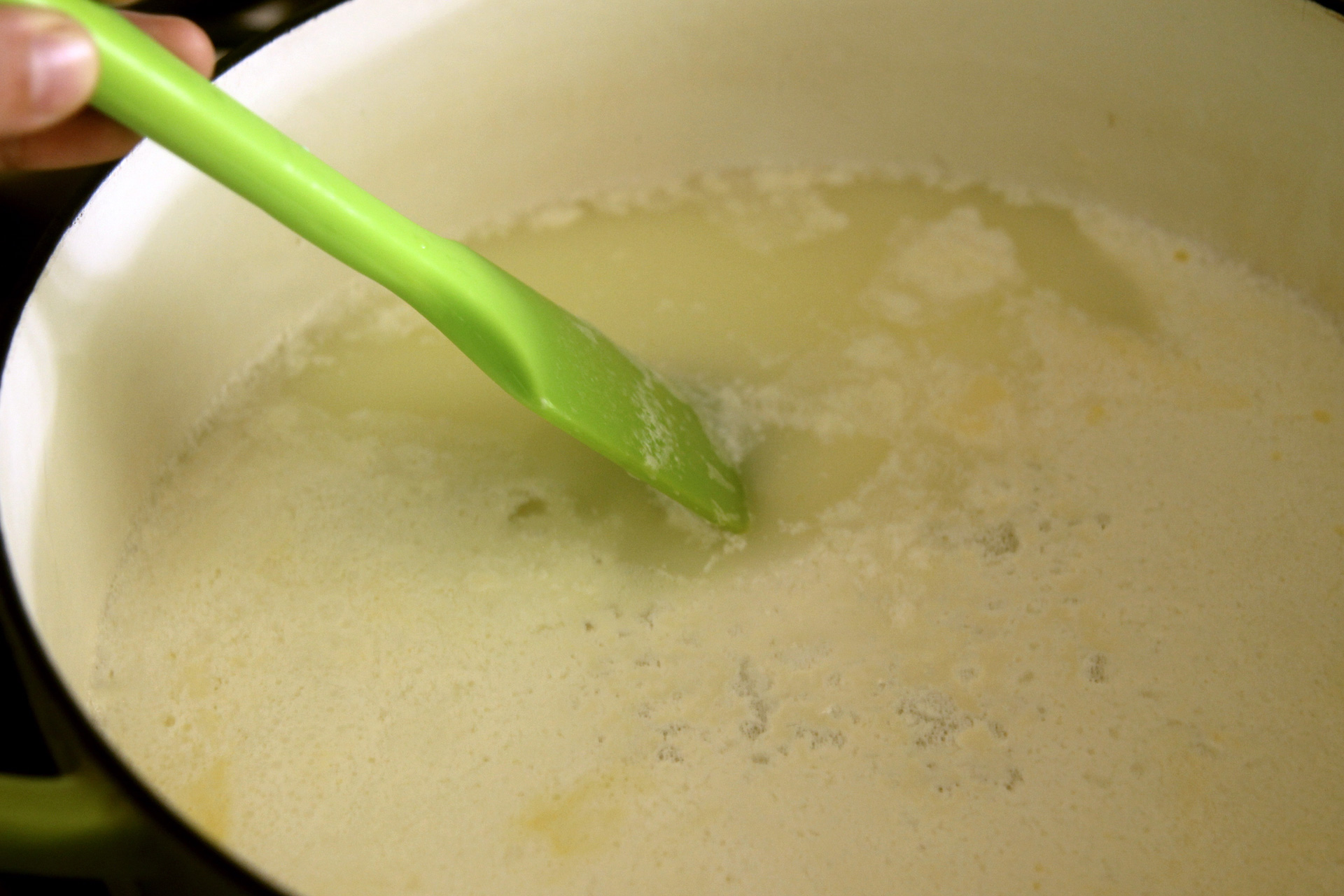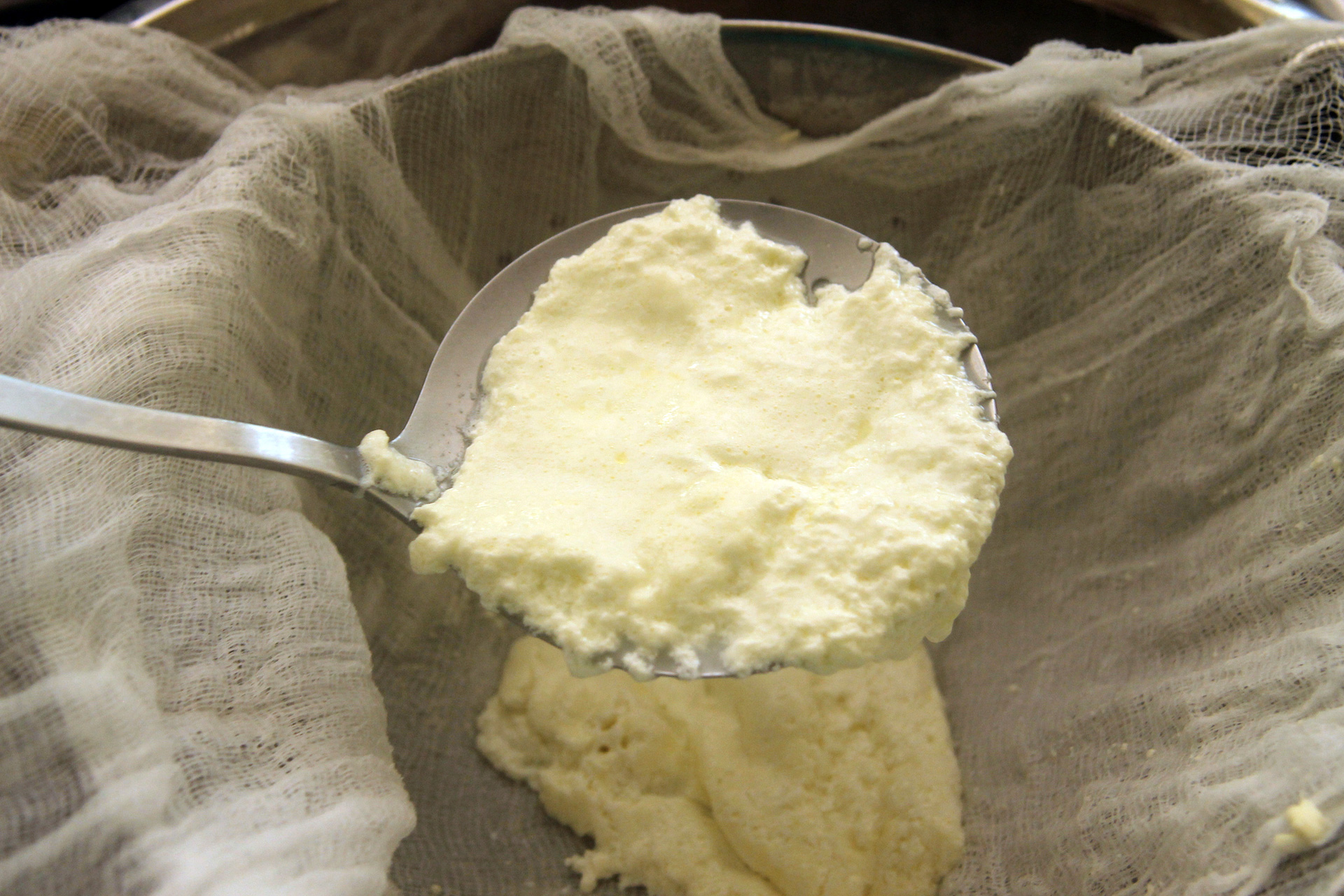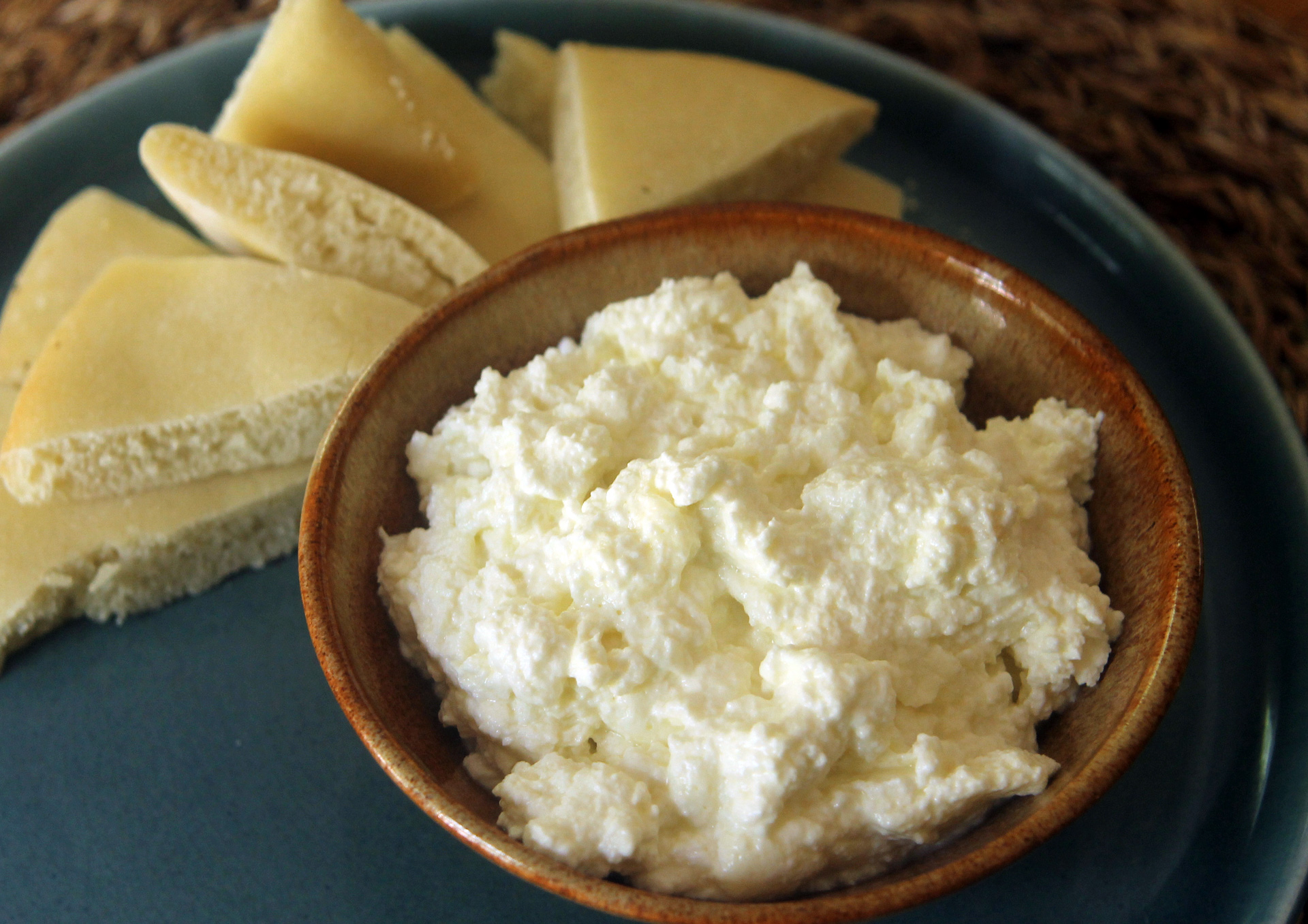Making homemade cheese sounds like an intimidating prospect. And yes, many cheeses do require quite a bit of work, time, and practice to get it right. Ricotta is not that kind of cheese. Homemade ricotta doesn’t take much more time than an hour and doesn’t require any special ingredients or equipment. It is the perfect gateway cheese.
All you need is a half gallon of milk, an acid, and a good dash of salt. That’s it.
I’ve experimented with various techniques and ingredients over the years and have finally landed on my favorite method — it’s a twist on a style popularized by the website Food52 that uses buttermilk to curdle the milk, lightened up and streamlined. This method is a departure from most recipes, which call for stirring in lemon juice or vinegar into hot milk. The lemon juice method absolutely works, but I’ve found that I much prefer the subtle acidity and larger, fluffier curds the result from buttermilk.
Here’s how to make it happen, this afternoon:
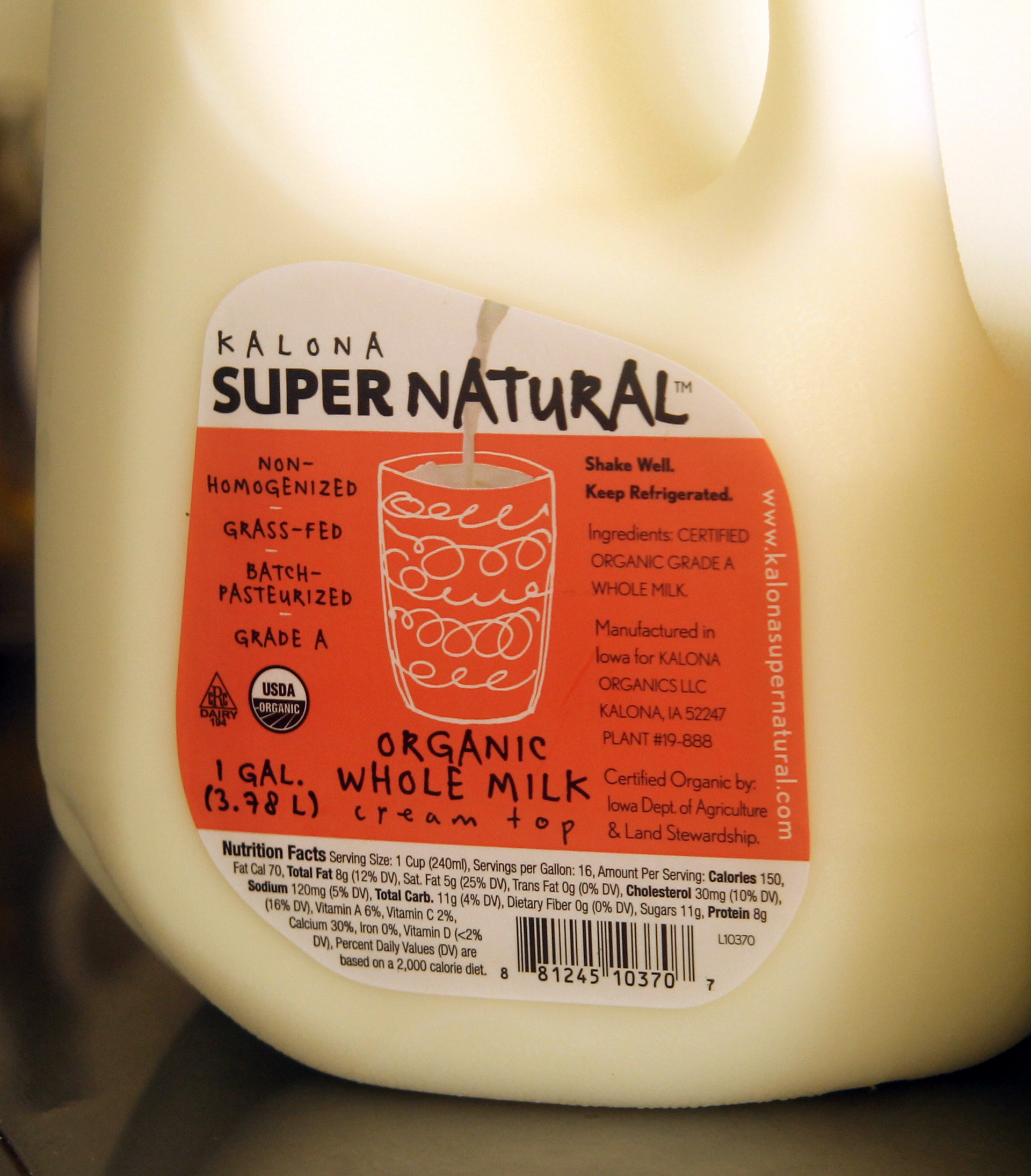
In a large pot, combine whole milk, buttermilk and salt. Look out for the pasteurization style used by the milk producer. It will be written out on the carton. You want milk that has simply been “pasteurized” or, better, “batch-pasteurized.” Many organic milks are “ultra-high-temperature pasteurized,” which means they are heated to a very high temperature for a short period of time. This process kills off basically every possible bacteria in the milk and makes it stubborn, at least as cheesemaking is concerned. Pasteurized and batch-pasteurized milks have been heated to lower temperatures for longer periods of time, and they generally work better as cheesemaking milks. Raw milk is also a great choice if you have access to it.
